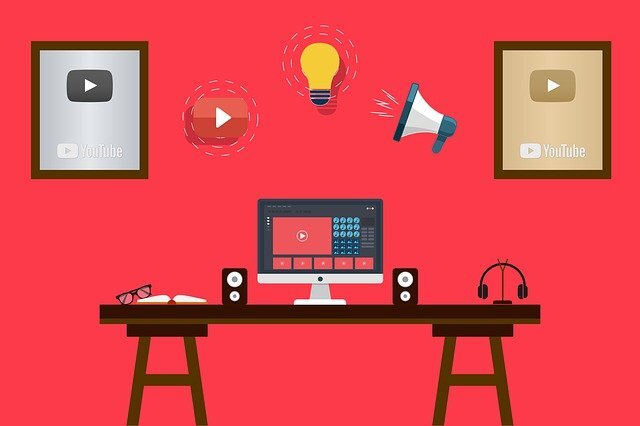Creating Instructional Videos for the Classroom - Learn

What you are going to learn in this Independent Learning Unit:
After completing this unit, the educator will:
1. Be able to learn about various video creation tools.
2. Be able to learn about best practices for video creation.
3. Be able to do basic video editing.
4. Be able to create your own instructional video for the classroom or colleagues.
5. Make connections with technology standards and best practices.
6. Transfer the learning to professional practice by applying these resources to create and edit your own instructional video.
You will be documenting your learning as you go through each of the sections. Use this Google Doc Checklist as you go through the course.
Please visit the FINAL Assignment page before you begin.
Note: This independent learning unit should take no longer than 10 hours.
Move on to Best Practices for Video Creation.
Standards
Addressing the ISTE Standards For Educators
Learner
1a. Set professional learning goals to explore and apply pedagogical approaches made possible by technology and reflect on their effectiveness.
1c. Stay current with research that supports improved student learning outcomes, including findings from the learning sciences.
Leader
2b. Advocate for equitable access to educational technology, digital content and learning opportunities to meet the diverse needs of all students.
2c. Model for colleagues the identification, exploration,
evaluation, curation and adoption of new digital resources and tools for learning.
Citizen
3a. Create experiences for learners to make positive, socially responsible contributions and exhibit empathetic behavior online that build relationships and community.
3c. Mentor students in safe, legal and ethical practices with digital tools and the protection of intellectual rights and property.
Designer
5a. Use technology to create, adapt and personalize learning experiences that foster independent learning and accommodate learner differences and needs.
Facilitator
6a. Foster a culture where students take ownership of their learning goals and outcomes in both independent and group settings.
6b. Manage the use of technology and student learning strategies in digital platforms, virtual environments, hands-on maker spaces or in the field.
6c. Create learning opportunities that challenge students to use a design process and computational thinking to innovate and solve problems.
6d. Model and nurture creativity and creative expression to communicate ideas, knowledge or connections.
Analyst
7a. Provide alternative ways for students to demonstrate competency and reflect on their learning using technology.
